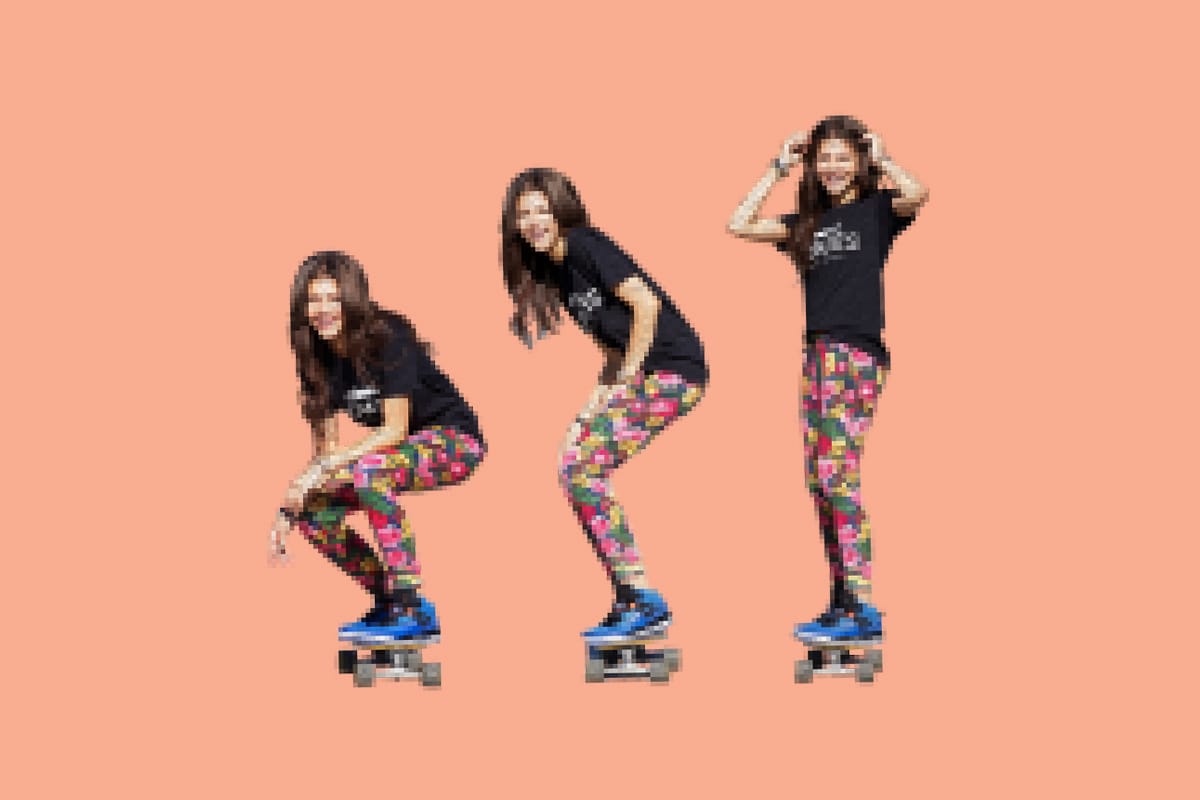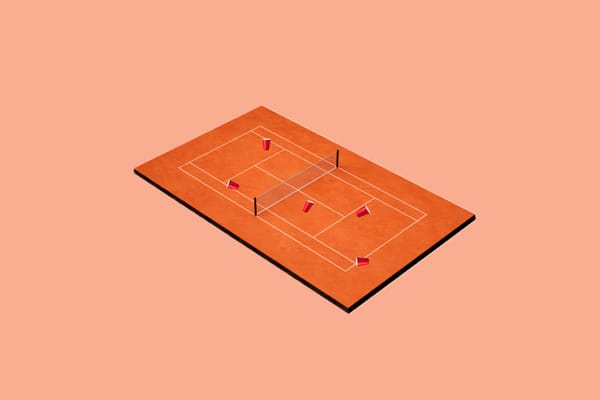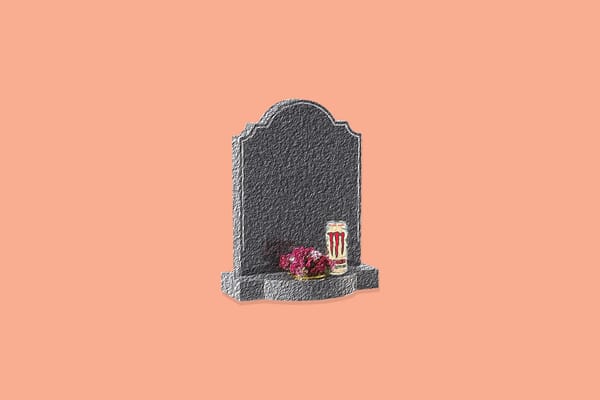The Zendaya advantage
Plus: Arin's PRO part, Tom's cover, Ben Degros is done......, and more.

The definitive weekly ranking and analysis of all the skateboarding and other online things that I cannot stop consuming and how they make me feel, personally.

The Zendaya advantage
Rank: 2
Mood: ⭐
In last December’s “I’ve got $5 (CAD) on it: betting on the future of skateboarding in 2023” post, I predicted that there were small yet decent odds (-100) that “Chloe Covell beats Rayssa Leal in at least one Street League event,” even though Leal had swept the previous season with relative ease. Now, as we’re just a few months shy of the year’s end, Covell has already proven me correct twice, having taken the top spot over her rival in Tokyo, Japan, and last weekend in Sydney, Australia.
Covell’s recent success over a dominant force in Leal speaks to the continued and rapid growth of the women’s competitive scene and its overall skill parity. Whether it’s in Street League, X Games, or Olympic Qualifiers, skaters like Momiji Nishiya, Roos Zwetsloot, Liz Akama, and more are never far behind on the podium. That constant jockeying makes for a fun watch and appears to push each athlete to new heights every time we see them compete. And, frankly, it rules.
However, Leal still has a leg up on the rest of the field in one regard: she knows Zendaya.

PRO AF: Arin edition
Rank: 1!
Mood: 🎊 🎉 🎊 🎉
As a fan of skateboarding — a person who enjoys following along with the industry and its media — one of the most satisfying and gratifying experiences is following the arc of a skateboarder you like from their days as a sponsorless prospect, to flow, amateur, and eventually, if all goes well, capping it off by reaching the status of “professional.” While that system comes with its ills, and as a career path can be a thankless and exploitative pursuit, it is still rewarding to see the culmination of years and untold hours of hard work, dedication, and passion culminate with a physical object: a PRO board that will then be used to continue the journey.
Watching Arin Lester go from viral Instagram skater to jumping in the van with the Sci-Fi Fantasy team and becoming a beloved PRO in a few short years has been special. And her debut PRO part that dropped last week is equally so, a showcase of Arin at her most Arin. A full-on deluge of captivatingly bizarre and unexpected technical maneuvers done with a uniquely light touch that makes them appear anything but what they are: absurdly difficult. Double-kickflip-frontside-tailslide? Okay!
The arc of a professional skateboarder’s career is often meandering, can end at any time, or extend far beyond expectations. It’s something we, the gawking masses, often lose sight of, that PROs are real human people and their time at the top is a finite resource. Something to appreciate as much as their journey to it. Here’s hoping we get to see more of Arin for many years to come and that we appreciate her while we do.

Tom Knox week
Rank: 1
Mood: 👨👩👧👧
Speaking of celebrating PROs, Tom Knox has had a great week professionally. On Sunday, Thrasher revealed on Instagram that Knox would grace the cover of their December issue, along with a very sweet video of his friends and family surprising him at the same narrow staircase he is now immortalized in print hurling himself down.
Moments like this are a good reminder — especially as print media continues on in its diminished form (in quantity, not quality of output, mind you) — of just how much of a milestone it is to get on the cover of a magazine. Thrasher, especially. It’s remarkable enough that grand gestures like this should be the norm. Absolutely, throw a party. Sure, why not bring all four of your children to some urine-soaked ten-set so they can get a glimpse of where it was and what it took for their father to wind up there.
As the endless churn of skateboarding content keeps its rushed, uncurious pace — at the risk of being overly annoying in this week’s newsletter — I think it would be of great benefit to take a moment to stop and appreciate the work we’re taking in, what it took to make, and how it ended up there, on the screen or in our hands. So yes, invite some friends over to watch some skate videos and down a few beers, take the time to talk shit about what tricks have been done at whatever spot you’re walking past, and also, there’s a new Tom Knox video part. Have you watched it? Yes? Well, you should probably watch it again.

He’s done........
Rank: 1
Mood: 🫡
A defining era in SkateTuberdom has come to a close. Ben Degros, the near-universally liked, or at least tolerated, YouTube skateboarding personality — either is a feat in and of itself — released a video last Friday titled, “I'm done........Thanks for over 6 years❤️.” In the twenty-three-minute missive, he details how he became disillusioned with creating skateboarding content for the platform and how the whims of what the algorithm promoted narrowed his interests and subject matter. All those product reviews and board setup videos he’s posted over the years? Not really for him. They’re just what do good numbers, which he is candid in sharing, does matter to him, as those results justify the effort he puts in.
Degros also says that, on top of his body getting worn down from skating so often and needing a break, he often feels constrained by his content in the real world. Sure, he panned Nike Dunks in a video, but he’d still like to skate them and not get lambasted online. And while a video reviewing an Andy Anderson board would do well, he simply doesn’t want to skate one as it’s not the type of board he likes (for those worried at home, he makes sure to clarify with text on the screen that he likes Andy as a person).
Over these six years of SkateTubing, he says he’s tried his best to remain authentic to himself and not self-inflict any indignity, which he admits is difficult to do in his profession. Besides getting paid to do a review for a shoe company he doesn’t name — we’re left to assume it’s Cariuma — he feels positive about coming out on the other side of this project relatively unscathed.
But, the driving factor behind calling it quits is that despite having over 105k subscribers, he doesn’t make much, if any, money from his skateboarding YouTube channel. That time and energy he’d rather focus on the job that does support him and his family: his Vancouver Carpenter YouTube channel.
But even that pursuit is skewed in favour of the algorithm, as Degros says the videos that do the best numbers for him there are all, “ironically,” drywalling videos. However, with nearly 530k subscribers, it’s apparently easier to monetize than his skateboarding channel. So with that, Degros lets his longtime viewers know that he appreciates them, that running his skate channel was more highlights than lowlights, how he hopes skateboarding brings joy to their lives — and that he’s actually not “done........” making skateboarding content.
Despite the title of this video and everything contained in it (which also includes a quick board setup review), Degros reveals that this video doesn’t mean he’s done making skate content forever, just for now. Probably. Well, he does have one idea that he’s wanted to explore for years, and maybe he will, but he’s not going to tell us what it is because he doesn’t want to lead us on, even though that’s precisely what he’s done over twenty some minutes.
While this could be it for Degros, this is also a classic YouTuber content hack. The “farewell” that plays on the viewer’s connection to the ‘Tuber, resulting in big metrics (this video doing the best numbers Degros has seen in seven months) and an increased interest in their work and calls for their “return.” Whatever the case, six years is a long time to do anything, and over that half-decade-plus, he’s made a significant amount of content that people genuinely enjoy, and he clearly has an audience. His 321 videos have garnered nearly 20 million views.
It’s also content outside the traditional forms of skateboarding media that are perhaps harder or less interesting for some people to get into. I don’t think it’s a stretch to say it offers space or builds a bridge for those folks to get into skating or think about it in a different way. Also, Ben seems like a decent guy. Hopefully, he’s able to find happiness in whatever he chooses to do. Maybe I’ll see him around a little more now…


Vans Faces Athletic Shoe Dilemma
Rank: -22%
Mood: 👴🤝🤖
That’s according to a recent blog by Walter Loeb, senior contributor to Forbes. It’s a strange piece of writing, content and craft-wise. Its crux is an analysis of a recent earnings report that shows that Vans is not doing too hot:
In August, VF Corp. reported in the second quarter that Vans quarterly sales dropped 22% to $737.5 million compared to $946.9 million in the previous year. Wholesale results in the Americas dropped a whopping 40% and direct sales dropped 7%.
Loeb then tries to tie Vans’ sales troubles to competition from other “athletic shoe” companies.
There are many new athletic shoes companies vying for business. They include many with unusual names1. Here are some of them with dates when they were founded: HOKA (2009), APL (2009), On Racing (2010), On Cloud 5 (2010), Topo Athletic (2013), No Bull (2015), Kizik (2017), the list goes on, and these companies were not selected for their size or quality.
Marathon Sports published a list of best running shoes. I list them as they were published. Brooks, HOKA, Asics, Nike, On Running, Adidas, Saucony, New Balance, Mizuno, Topo Athletic, Puma. Many of the names are familiar and had been established in the mid-1900’s. Marathon did not mention Vans since it doesn’t have running shoes. Vans produces casual athletic shoes.
While I’m sure there may be some correlation to running shoes pulling from Vans’ bottom line, as Loeb says at the top of the article, “sales for running shoes have risen 6% in that period,” but that wouldn’t account for the other 16% of that sales drop even if it were the case. And, as Loeb himself is quoted above, “Vans… doesn’t have running shoes. Vans produces casual athletic shoes.”
The article has similar contradictions, stilted repetitions, and just plain bizarre sentiments throughout. But the “postscript” of the piece really puts it over the top.
POSTSCRIPT Athletic shoes continue to be popular; skate shoes, which are Vans’ specialty, are not in demand. However, the large choice of brands has a weakening effect. Vans has been popular in California, where there are special tracks to allow athletes to test the products on skateboards. It is very exciting to watch, and many athletes enjoy the opportunity to compete on these tracks.
I asked two experts about their use of athletic shoes. Miss “R” likes Vans shoes because of the reasonable price but she laments that there are no new designs, while other shoe companies have them. Mr. “F” sees Van’s as an old-fashioned brand, almost classic. He sees current running shoes as being lighter, cheaper with good new technology. Some of the brands are cheaper. The classic brand skate shoe is not in demand now.
If the demand for athletic shoes would now be as strong as it was during the pandemic, this article would be irrelevant.
It doesn’t only read like it’s written by someone with no grasp of skateboarding; it also has the jumbled cadence and thought process of a generative AI tool like ChatGPT. Which makes sense, as Forbes has integrated AI into their CMS for editorial staff and senior contributors since at least 2018. The tool, named Bertie, generates ideas and drafts for articles by the thousands (Forbes publishes upwards of 300 articles a day).
But at least Walter Loeb is a real person, right? He sure is! In fact, he’s such a highly regarded retail analyst and consultant that he was known as the “dean of retailing,” and when he retired from his senior retail analyst role at Morgan Stanley in 1990, the news made The New York Times. Can someone with such a pedigree really be so out of touch then? Yes! That Times article also notes that Loeb was born in 1925, meaning he’s at least 98 years old. I have a hard time keeping abreast of trends and I’m in my early thirties. You’re definitely calling skateparks “special tracks” if you’re a few decades older than skateboarding itself.
Whether AI wrote it or Loeb knows what he’s talking about, there is one part of the Forbes article that’s spot on:
One must ask if Vans’ management really understands current customer demand.

Something to consider: the feeling of all your indoor skate spots being full of potatoes.

Good thing: Jack Sheehan has the THPS bug and wrote about it for The New York Times Magazine. “Tony Hawk Showed Me What’s Sacred About Cities.”
Another good thing: I saw Joe while he was touring this set. It’s great. Long live Joe Pera Talks With You.
A concerning thing: I’m not sure what it means or portends, but I’ve had this TJ Mack song stuck in my head for a week now.

@brianjordanalvarezLEAKED pickle in the fridge

Tiktok failed to load.
Enable 3rd party cookies or use another browser
A haunting, clearheaded thing: “Have We Learned Nothing?” By David Klion in N+1.
Until next week… if you can, go outside. Take a walk around your neighbourhood. Listen to the crunch of the fallen leaves under your feet. Listen for the flitter of birds and the scurry of squirrels. They’re busy but patient in their work. Same as every year. We’re losing daylight now, but it will return.


I wrote a book about the history and cultural impact of Tony Hawk’s Pro Skater, and I will keep posting about it at the end of the newsletter for the foreseeable future. Apologies. Right, Down + Circle is in stores now and you can also order it from your favourite local bookshop, my publisher ECW Press, or all of the usual devils (Amazon, Barnes & Noble). I think you might like it.
Also, if you like book clubs, you can join the inimitable Ted Barrow in reading Right, Down + Circle on his Berate The Birds Patreon, which you should also subscribe to because it rules. He’s a few chapters in, so you’ve got some nice stuff to listen to while puttering around the house.
Wut ↩





